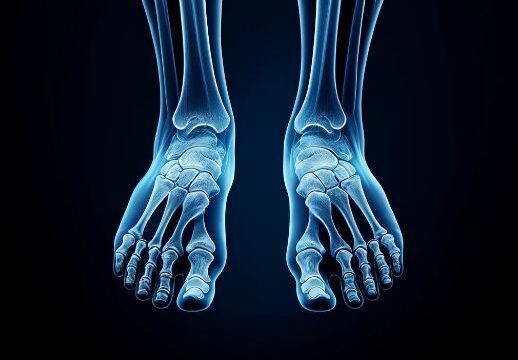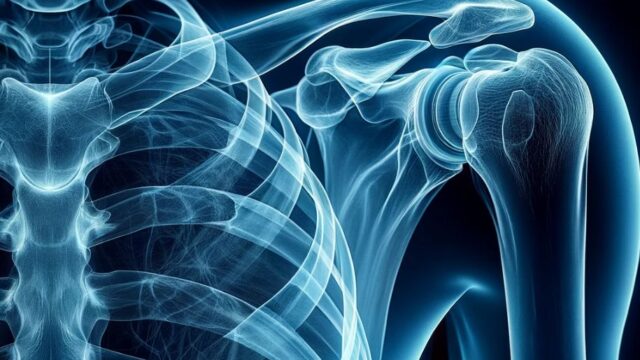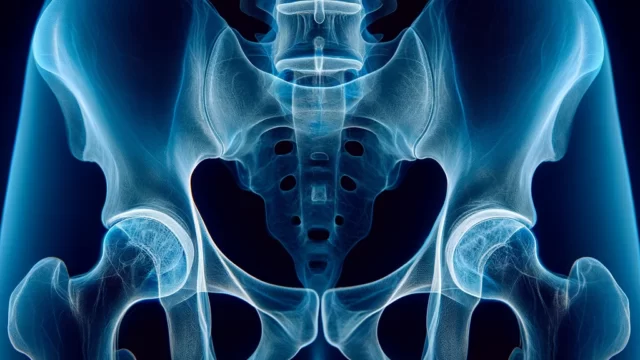Purpose
Observation of hip fractures or Total Hip Arthroplasty (THA) postoperative cases.
Imaging for patients with bilateral femoral fractures or those unable to move postoperatively.
Obtaining images similar to the hip-joint axiolateral view.
Prior confirmation
If the hip-joint AP view has been taken beforehand, confirm the angle of the femoral neck axis from the image.
Remove any obstacles.
Positioning
Supine position.
Place the patient’s affected side at the edge of the table.
Both lower limbs are extended and relaxed.
Position the cassette against the patient’s ilium on the affected side.
Tilt the cassette 15 degrees from vertical.
Align the cassette parallel to the femoral neck axis (45 degrees to the sagittal plane).
Lower the cassette below the level of the table to align the X-ray beam center and cassette center.
Place the grid in a direction parallel to the table.
CR, distance, field size
CR : Perpendicular horizontal beam to the femoral neck axis.
Distance : 100cm.
Field size : Area including the proximal 1/3 of the femur. In the patient’s anterior-posterior direction, narrow down the field of view as much as possible to include the trochanter on the affected side. (Reducing the field of view significantly reduces scatter radiation effects.)
However, if the purpose is to confirm the state of internal metal objects, include the entire area.
Exposure condition
80kV / 50mAs
Grid ( + ) *Use the grid with the lead strips parallel to the bed.
Suspend respiration
Image, check-point
Radiopaedia
The femoral neck is projected at the center of the image.
The femoral head, neck, and acetabulum are visible.
The image is focused on the minimal required area, providing sharp details.
There are no density differences in left-right and upper-lower directions due to X-ray absorption by the grid.
Cortical and trabecular bone structures are observable.
There is no overlap of the non-affected lower limb.
If there is internal metal, it is fully visualized.
The RL marker is visible.
There is no motion blur.
Videos
Related materials









